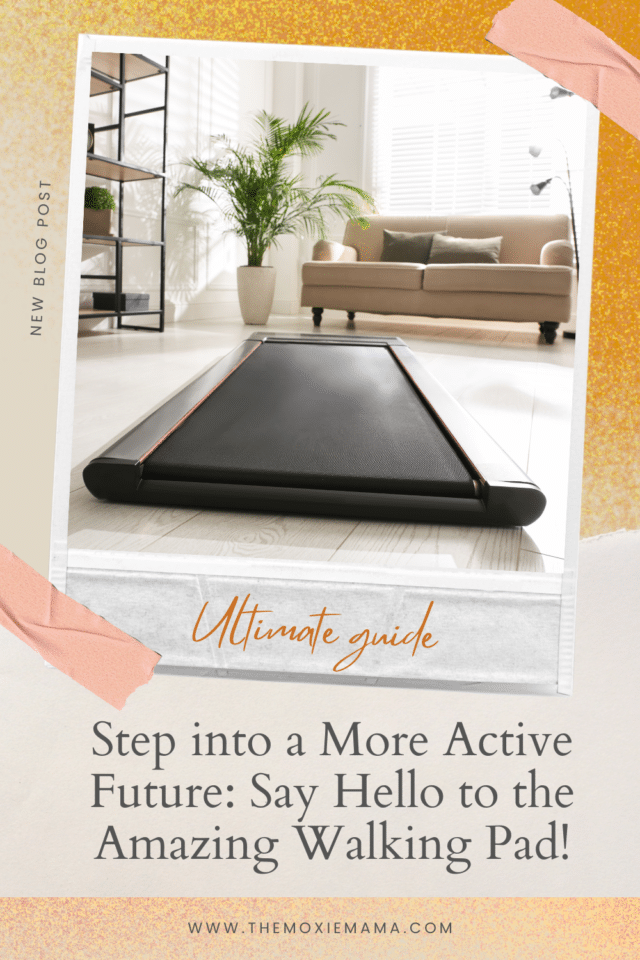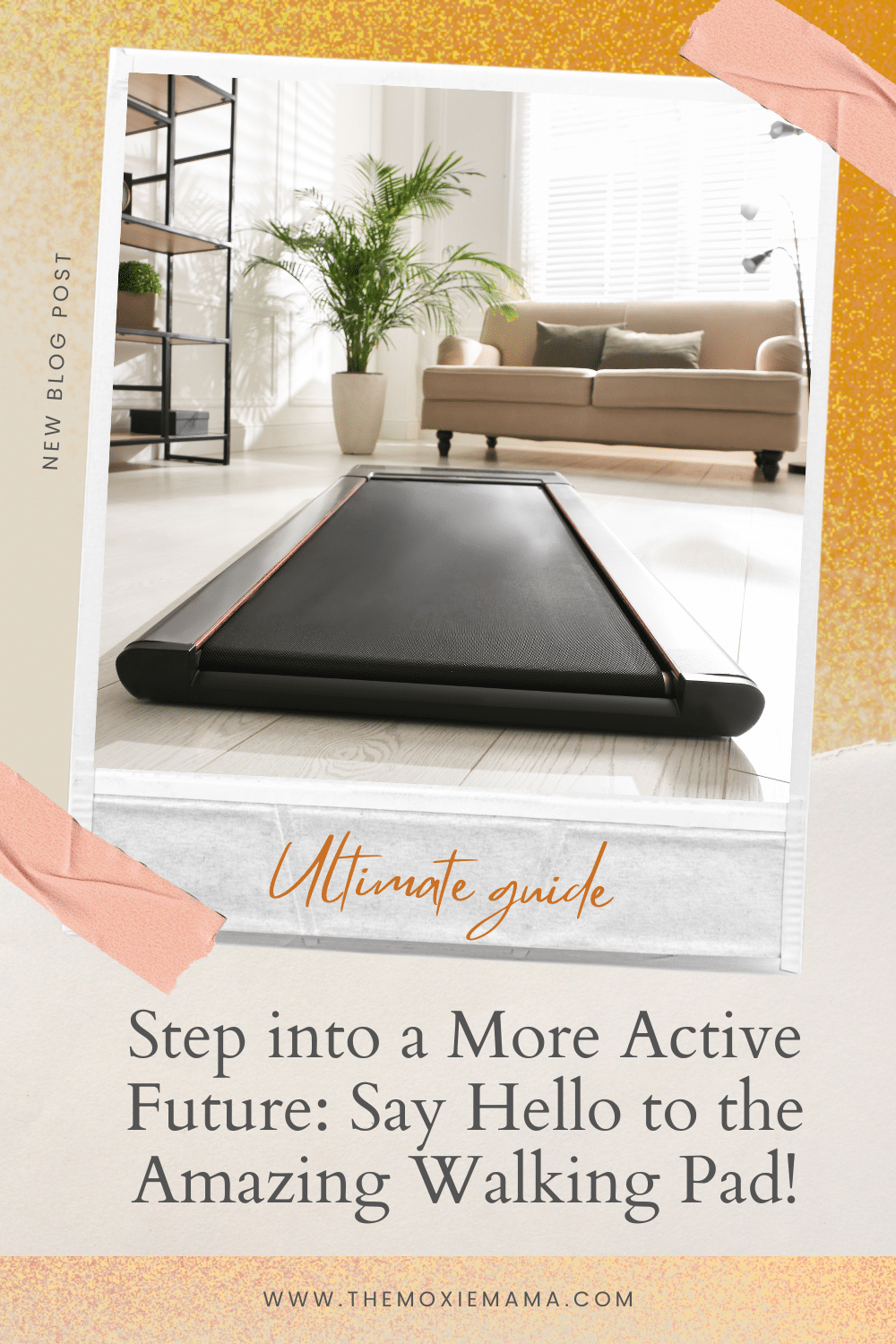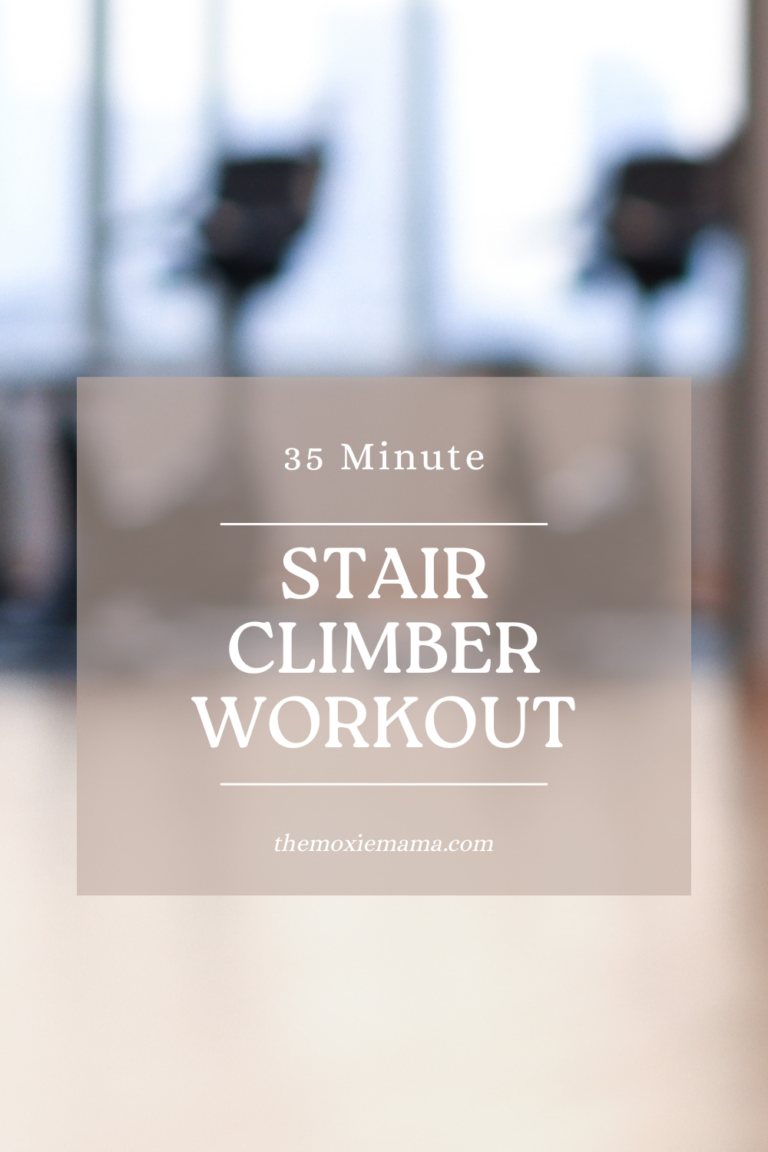In an era where convenience and health take center stage, innovative solutions are emerging to seamlessly blend work, fitness, and well-being. One such breakthrough is the advent of the walking pad – a revolutionary device that’s changing the way we think about staying active while maintaining a busy lifestyle. In this article, we’ll explore what a walking pad is, the benefits it offers compared to traditional treadmills, and how it can be a game-changer for remote workers.
What is a Walking Pad?
A walking pad is a compact, portable, and smart device designed to provide users with a comfortable and effective way to stay active throughout the day. Resembling a slim, motorized platform, it allows you to walk or engage in light exercise while staying in one place. These devices are equipped with various speed settings, safety features, and even advanced models with integrated smart technology.

Advantages Over Traditional Treadmills
- Space Efficiency: One of the standout benefits of a walking pad is its space-saving design. Unlike traditional treadmills, which can be bulky and require a dedicated area, walking pads are slim, foldable, and can be easily stored under a desk or bed when not in use. This makes them ideal for small living spaces and home offices.
- Portability: Traditional treadmills are not the easiest to move around due to their size and weight. Walking pads, on the other hand, are lightweight and often come with wheels, allowing you to effortlessly relocate them within your home or even take them to the office.
- Silent Operation: Many walking pads are designed to operate quietly, allowing you to walk without disturbing others around you. This makes them a perfect fit for shared living spaces or remote work environments where noise can be a concern.
- Ease of Use: Walking pads are user-friendly, typically featuring simple controls that allow you to adjust speed and monitor your progress easily. Some advanced models even come with smartphone apps that track your steps, distance, and calories burned.
- Gentle on Joints: Walking pads are designed for walking or light exercise, which can be gentler on your joints compared to running on a traditional treadmill. This is particularly advantageous for individuals who may have joint issues or are looking for a low-impact form of exercise.
Walking Pads and Remote Work
The rise of remote work has transformed the way we approach our professional lives. However, this shift has also led to longer hours spent seated and reduced opportunities for physical activity. This is where the walking pad steps in as a game-changer:
- Combating Sedentary Lifestyle: Incorporating a walking pad into your home office setup can counteract the negative effects of prolonged sitting. By walking while working, you can increase blood circulation, boost energy levels, and alleviate the strain on your back and neck.
- Enhanced Productivity: Studies have shown that light physical activity, such as walking, can stimulate creativity and improve cognitive function. Walking pads offer a unique way to tap into these benefits while staying on top of your tasks.
- Effortless Multitasking: With a walking pad, you can engage in tasks that don’t require your full attention while walking. Whether you’re reading emails, participating in virtual meetings, or brainstorming ideas, you can make the most of your time by incorporating movement.
- Well-Being and Work-Life Balance: Prioritizing movement and well-being during the workday can contribute to a healthier work-life balance. Walking pads encourage you to take short breaks, stretch your legs, and invest in your health without compromising your professional responsibilities.
What to Look for in a Walking Pad
When considering purchasing a walking pad, there are several key features to look for to ensure you’re getting a device that suits your needs and preferences. Here are some important features to consider:
- Size and Portability: Choose a walking pad that fits comfortably in your living space and can be easily moved around. Look for models that are lightweight and come with built-in wheels for effortless transportation.
- Foldability: Opt for a walking pad that can be folded for compact storage when not in use. This feature is particularly beneficial for those with limited space in their homes or home offices.
- Motor Power and Speed Range: Consider the motor power and speed range of the walking pad. A more powerful motor allows for smoother and more consistent operation. Look for models that offer a wide range of speeds so you can tailor your walking experience to your fitness level and preferences.
- Noise Level: Look for a walking pad that operates quietly, especially if you plan to use it in shared spaces or during work hours. Many manufacturers highlight the noise level of their devices, so be sure to read reviews and specifications.
- Safety Features: Safety is paramount. Ensure that the walking pad you’re considering has features like an emergency stop button, automatic shut-off when not in use, and a non-slip walking surface to prevent accidents.
- Control Interface: Check the control interface of the walking pad. User-friendly controls, possibly with an LED display, can make it easier to adjust speed and monitor your progress while walking.
- Weight Capacity: Confirm the weight capacity of the walking pad to ensure it can safely accommodate your body weight. Most models provide this information in their specifications.
- Remote Control or App Connectivity: Some advanced walking pads come with remote controls or smartphone apps that allow you to adjust settings without bending down. This can be a convenient feature, especially if you’re using the walking pad while working.
- Data Tracking and Connectivity: If you’re interested in tracking your progress, look for walking pads that sync with fitness apps or offer built-in tracking features. This can provide you with insights into your activity levels and help you set and achieve fitness goals.
- Warranty and Customer Support: Check the warranty period offered by the manufacturer. A reliable warranty ensures that you’re covered in case of any defects or issues. Additionally, consider the availability of customer support to assist with any troubleshooting or queries.
- User Reviews: Reading user reviews and testimonials can provide valuable insights into the real-world performance of the walking pad. Look for feedback regarding ease of use, durability, and overall user satisfaction.
- Price: Walking pad prices can vary widely based on features and brand. Set a budget and compare different models within that range to find the best balance between features and cost.
By considering these features, you can make an informed decision when selecting a walking pad that aligns with your lifestyle, fitness goals, and remote work requirements. Remember that your personal preferences and needs will play a significant role in determining which features are most important for you.
The walking pad represents a harmonious blend of fitness and productivity, catering to the demands of modern life. Its space-saving design, portability, and user-friendly features make it an appealing choice for individuals seeking to stay active while juggling remote work. As the boundaries between work and personal life continue to blur, the walking pad emerges as a valuable tool in maintaining both physical health and professional excellence.






